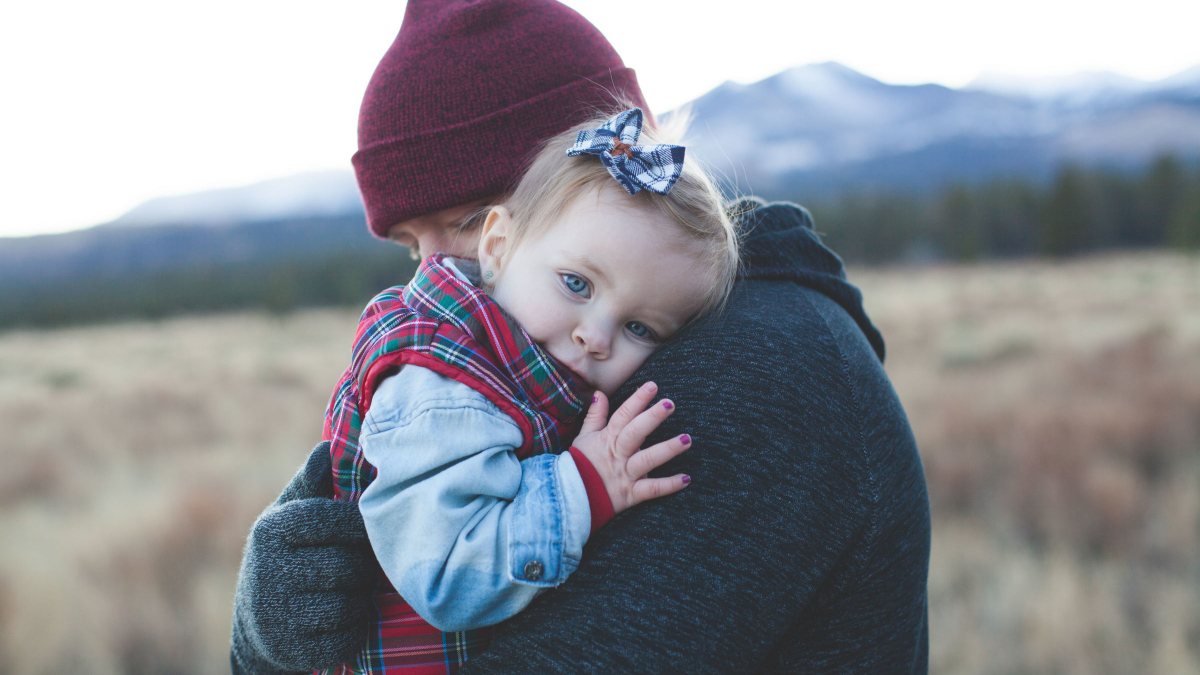UHP Trooper Erick Ellsworth’s widow is suing Rocky Mountain Power and a teenage girl (not mentioned in the suit) for the deadly car crash that led to the death of her husband.
Erick was serving in a cleanup of a sagging cable which apparently had been sagging since 28th November 2016. Erick succumbed to his injuries 4 days later after being struck by a car being driven by the teenager who is not mentioned in the suit because she is a minor. The cable was not fixed by the time Erick was arriving there.
The lawsuit was filed on a 3rd district court on 2nd February, 2018 states that “Rocky Mountain Power by acts or omission, caused serious injuries to Erick Dale Ellsworth and ultimately his death.” Rocky Mountain Power had been informed about the cable though no one came to repair before the arrival of Erick.
Erick parked his car at the edge of the street for oncoming vehicles to spot the cable by shining his car head lights on the cable. Erick stopped a semitrailer truck at around 8:37 pm that would have snagged the cable if it attempted to go under it.
After efforts on trying to reach a spokesman for Rocky Mountain Power to speak on the accusations, he declined to comment on the charges. The company made no efforts to comment on any of the accusations against them.
According to the lawsuit, the teenager’s truck struck Ellsworth suddenly and without any warning. This has brought disorientation to the home of Erick Ellsworth. The lawsuit was made accusing the first defendant, Rocky Mountain Power, of negligence. The minor was sued for reckless driving and the issue of underage driving seemed to be a possible lawsuit that will also befall the minor.
Janica Ellsworth, the widow, is inquiring for compensation for Medical expenses, funeral, and other bills. She is also seeking compensation long run wages for loss of care, comfort, guidance, love, society, affection, support, associations, and services that Erick would have provided. Janica has requested for a jury to give the verdict on the case.
Erick Ellsworth was 31 at the time of his death and had served as a trooper for seven years. He left behind his wife and three sons.











